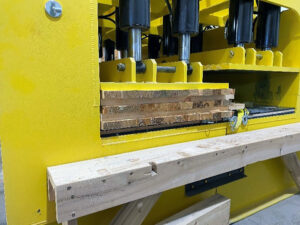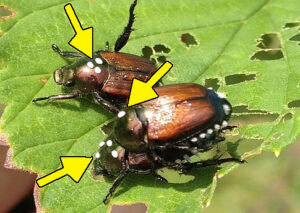
Winsome fly eggs are found on three Japanese beetles, including a mating pair (with a female Japanese beetle shown below the male). One or more eggs are laid on each beetle; eggs are nearly always laid just behind the head. The Winsome fly prefers to lay eggs on female Japanese beetles. / Photo Credit: Jacques Lasnier, Quebec, Bugwood.org
By Bill Hutchison, Department of Entomology
University of Minnesota
Hutch002@umn.edu
The Winsome fly (Istocheta aldrichi (Mesnil)), part of the Tachinidae family, is a parasitoid of the invasive pest Japanese beetle (Popillia japonica).
A parasitoid is an insect whose larvae develop in or within a host insect of a different species, eventually killing it.
The Winsome fly was introduced in 1923 in New Jersey as a biological control agent of the Japanese beetle, six years after the Japanese beetle was accidentally introduced in the United States. Since then, the Winsome fly has become established in the Northeastern states and Quebec and Ontario in Canada.
Continue reading “Winsome Fly Biocontrol Slows Japanese Beetle” →
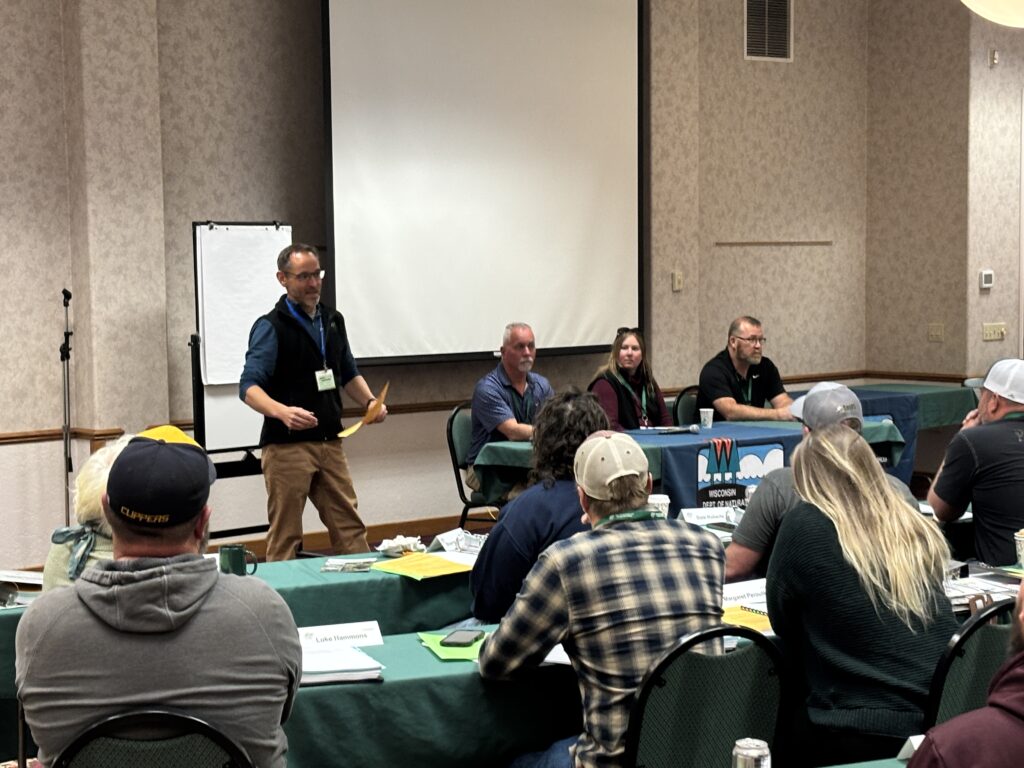 *These training opportunities are provided as an information service only and do not constitute an endorsement from the Wisconsin Department of Natural Resources (DNR).
*These training opportunities are provided as an information service only and do not constitute an endorsement from the Wisconsin Department of Natural Resources (DNR).
 Reliable and up-to-date research-based information is vital for tree care professionals and urban foresters to make sound, scientific management decisions. To make trusted resources more accessible, UW-Extension’s
Reliable and up-to-date research-based information is vital for tree care professionals and urban foresters to make sound, scientific management decisions. To make trusted resources more accessible, UW-Extension’s 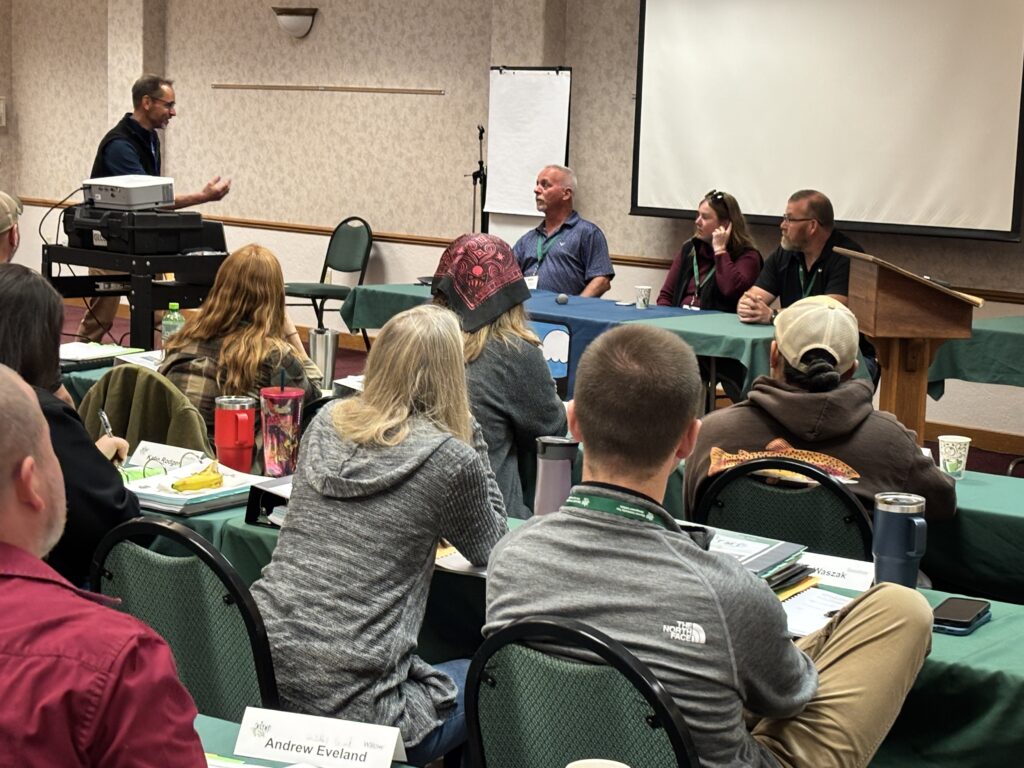 *These training opportunities are provided as an information service only and do not constitute an endorsement from the Wisconsin Department of Natural Resources (DNR).
*These training opportunities are provided as an information service only and do not constitute an endorsement from the Wisconsin Department of Natural Resources (DNR).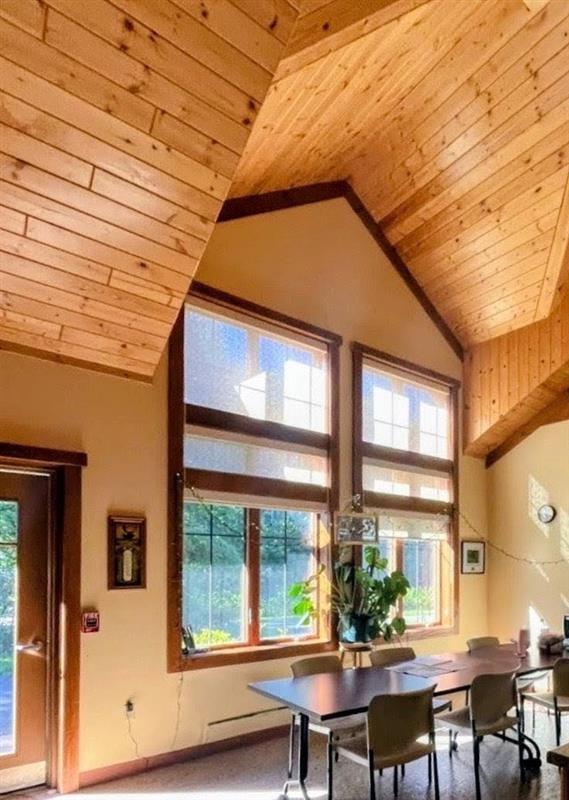 Trees grow, change and like all living things, eventually decline or die. Sometimes trees are removed from urban areas due to safety concerns, tree health or insufficient space. But when these urban and community trees are viewed not as waste, but as a valuable material resource, their story doesn’t end – it continues.
Trees grow, change and like all living things, eventually decline or die. Sometimes trees are removed from urban areas due to safety concerns, tree health or insufficient space. But when these urban and community trees are viewed not as waste, but as a valuable material resource, their story doesn’t end – it continues.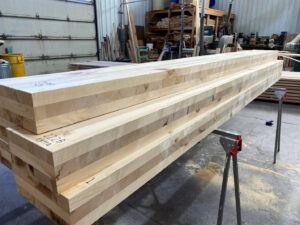
 The Urban and Community Forestry Society (UCFS) Industry Trends committee – charged with monitoring the issues impacting your work – is seeking information on your experiences with insurance companies and urban tree canopy. There is growing evidence that insurance companies are directing the pruning or removal of trees, and the committee wants to fully understand the issue. Your responses to the survey below will help compile stories and evidence so that UCFS can work with industry partners and draft position statements.
The Urban and Community Forestry Society (UCFS) Industry Trends committee – charged with monitoring the issues impacting your work – is seeking information on your experiences with insurance companies and urban tree canopy. There is growing evidence that insurance companies are directing the pruning or removal of trees, and the committee wants to fully understand the issue. Your responses to the survey below will help compile stories and evidence so that UCFS can work with industry partners and draft position statements. 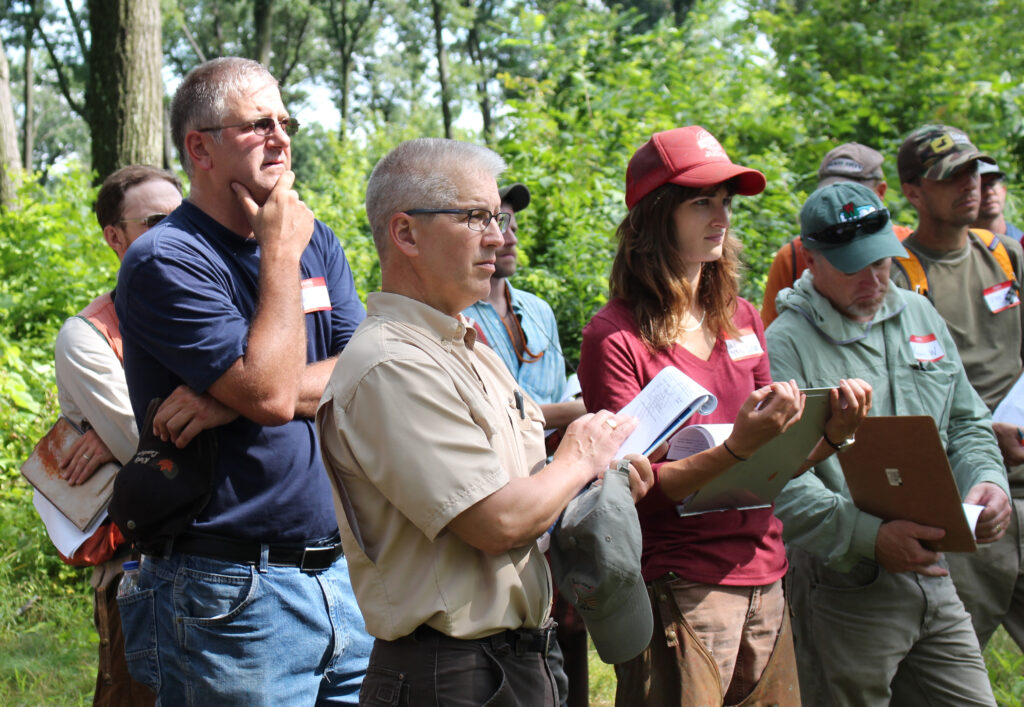 *These training opportunities are provided as an information service only and do not constitute an endorsement from the Wisconsin Department of Natural Resources (DNR).
*These training opportunities are provided as an information service only and do not constitute an endorsement from the Wisconsin Department of Natural Resources (DNR).
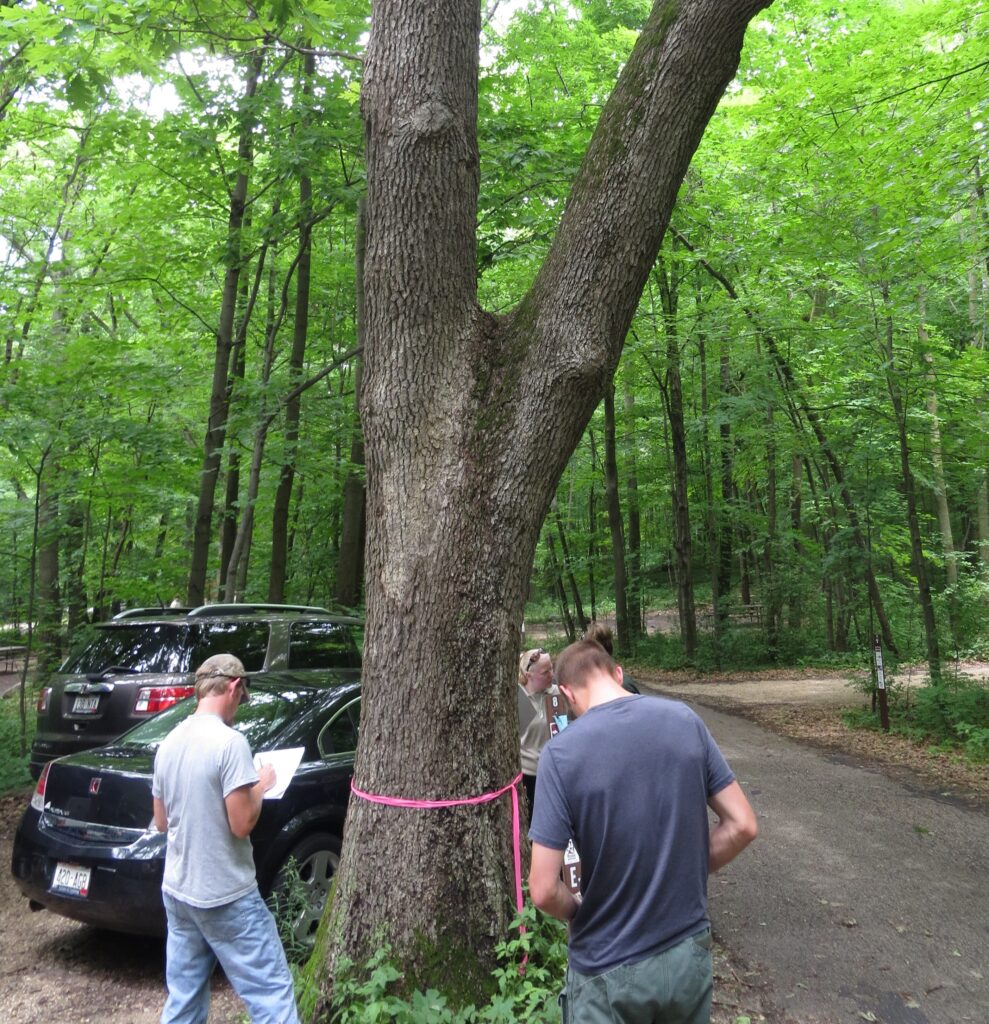 Are you an arborist or urban forester who conducts tree risk assessments?
Are you an arborist or urban forester who conducts tree risk assessments?